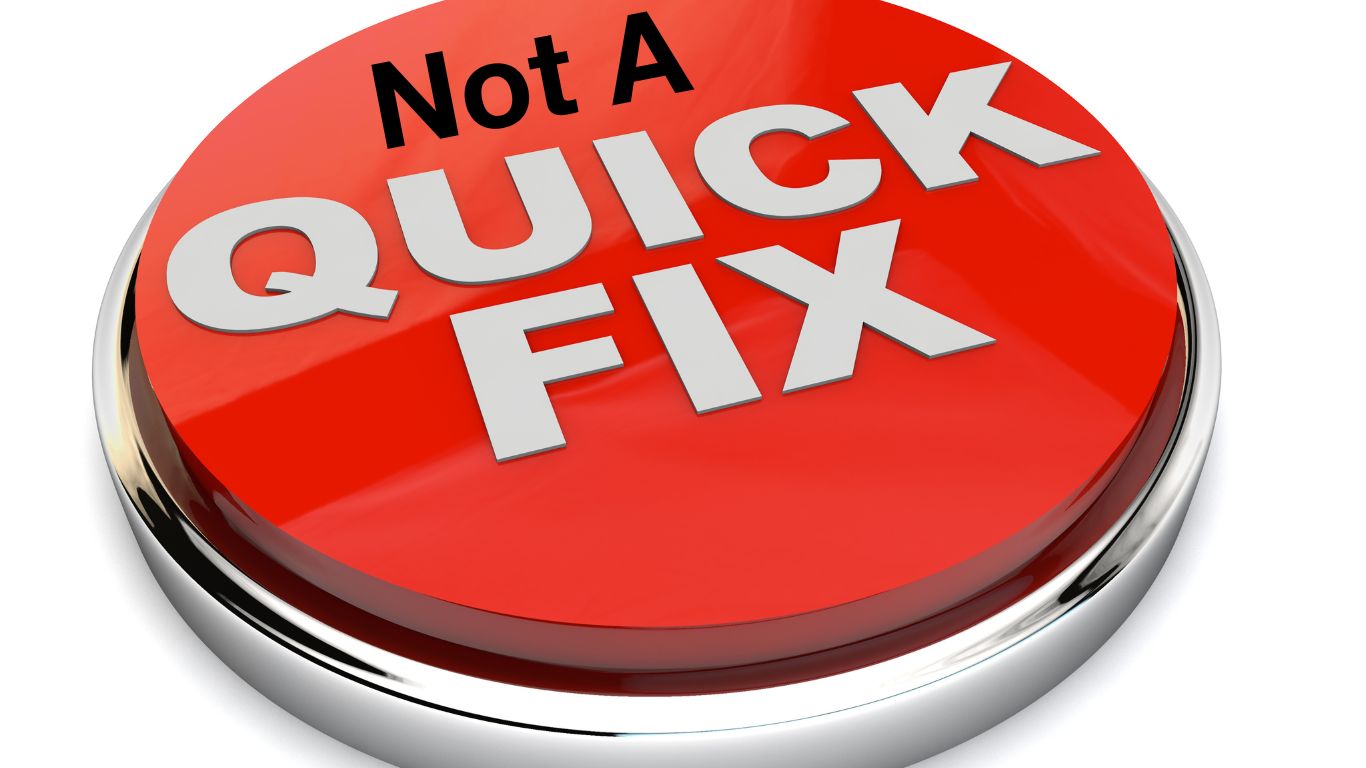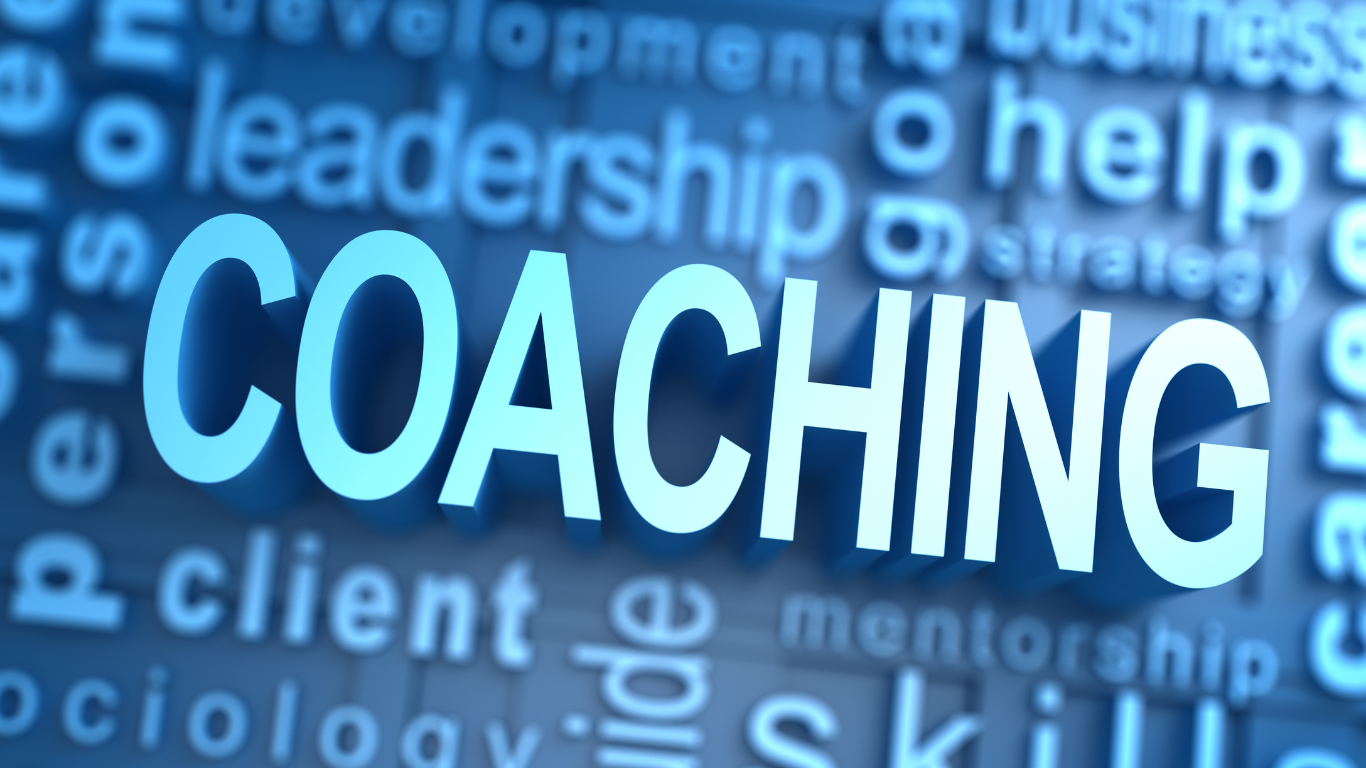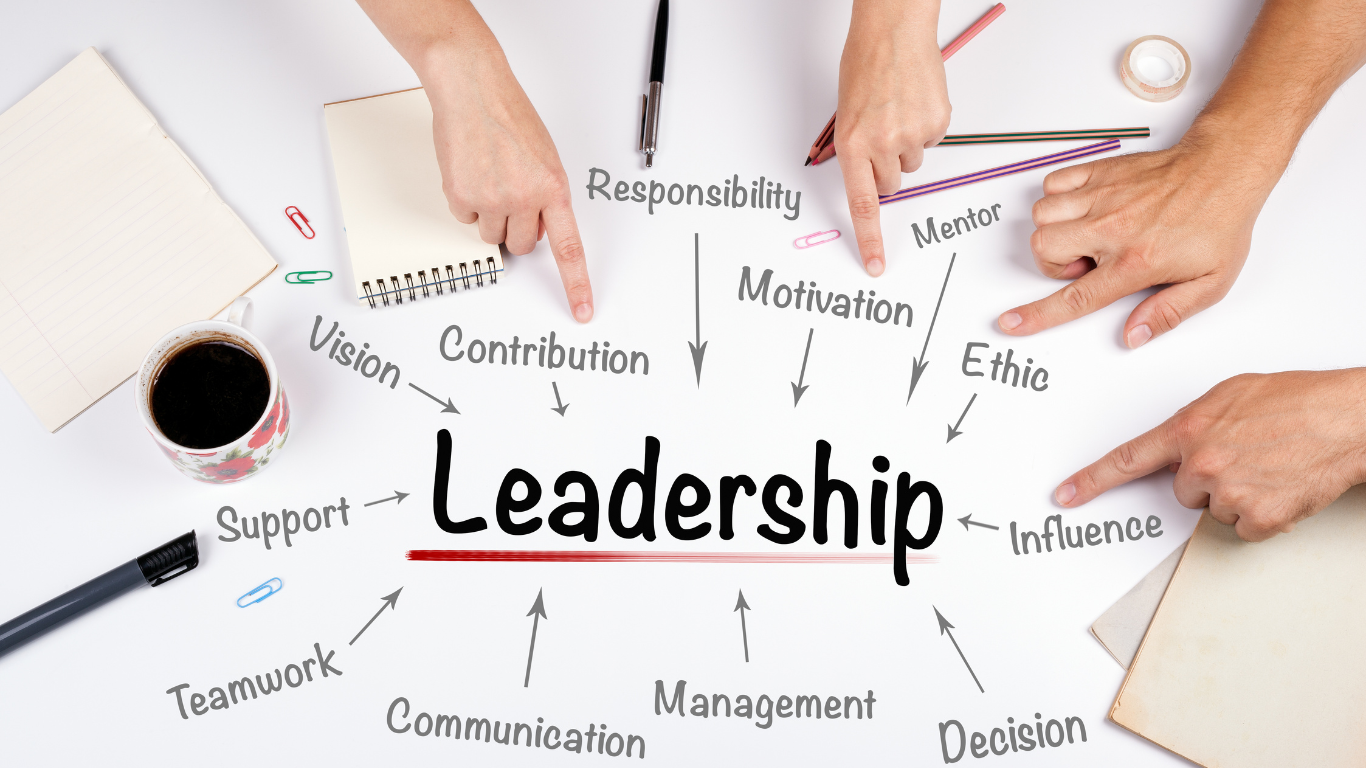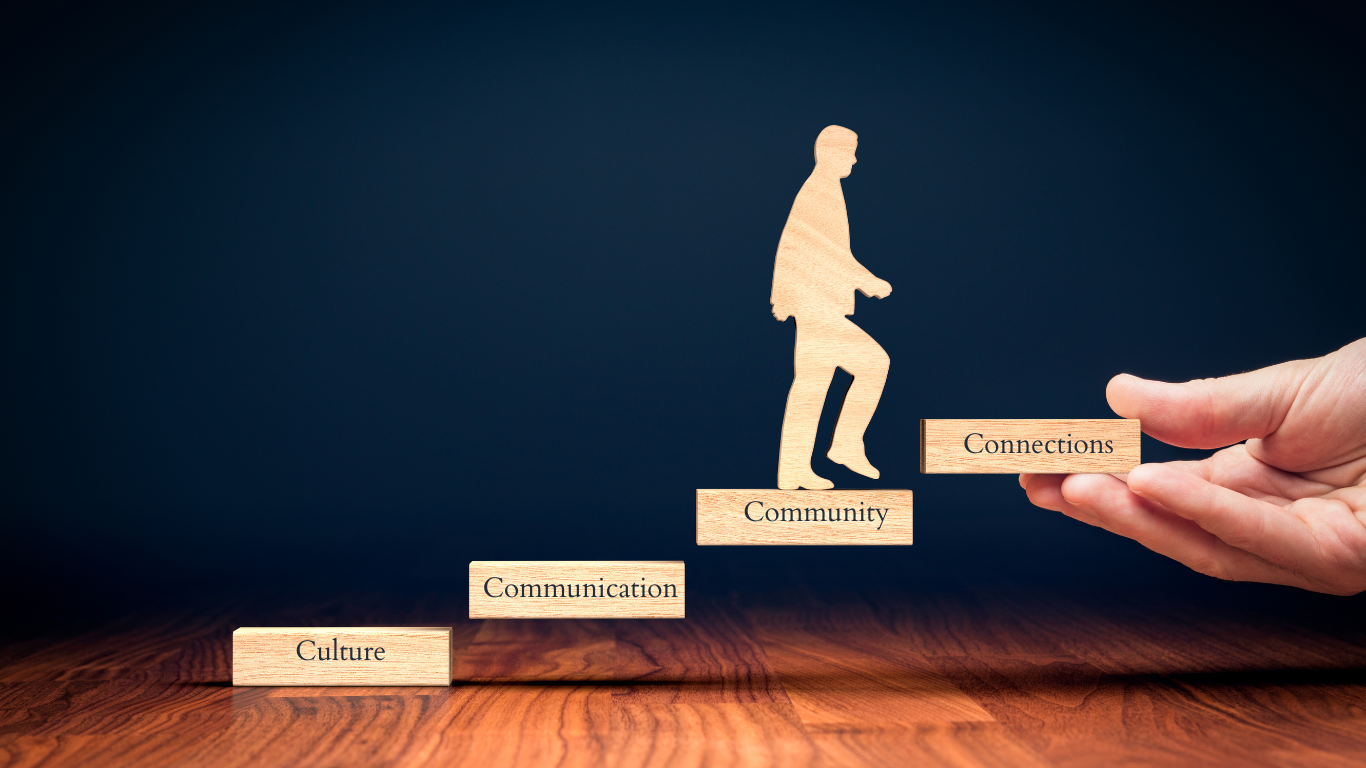
Embodied practice is a deliberate process of aligning the whole self—body, mind, and spirit—so that a leader can effectively carry out their responsibilities for the benefit of their team, organization, or initiative. This process is vital, whether you’re at the helm of a global change initiative, guiding a team to meet specific goals, or refining your ability to lead yourself as an individual contributor. For me, it also involves an ongoing commitment to developing my skills to better support and guide others in their personal growth.
The act of embodied practice ensures that you are grounded and focused, allowing you to navigate any situation with clarity and purpose. It goes beyond mere decision-making or problem-solving; it’s about creating a solid foundation from which you can lead with intention and inspire those around you. Whether it’s through grounding techniques, mindfulness, or deep self-awareness, an embodied practice is essential for tapping into your full potential as a leader. It empowers you to not only meet the challenges in front of you, it also fosters an environment where others can thrive.
In essence, an embodied practice is about aligning mind, body, and spirit to drive purposeful action in any context, including personal growth, team leadership, or organizational transformation. It’s the key to being present, effective, and resilient when faced with challenges.

Understanding this practice helps define what it is not.
- Simply setting goals or making plans: While embodiment involves clarity of direction, it goes beyond just deciding what needs to be done. It’s a holistic process that connects the mind, body, and spirit to the task at hand.
- Just a mental exercise: Although mental focus is an aspect, embodiment is about physical and emotional grounding. It’s not limited to thinking or planning; it involves aligning your whole being to act with purpose.
- A quick fix or temporary solution: Embodiment is a continuous process. It’s not something you do once and forget; it requires ongoing self-awareness and adaptation to ensure you remain grounded and effective over time.
- Being passive or waiting for direction: Embodiment is an active process of taking charge of your own alignment and focus. It’s not about waiting for external instructions; it is about self-directing and taking ownership of your presence and effectiveness.
- A substitute for skills or knowledge: While an embodiment practice is vital for personal and professional effectiveness, it is not a replacement for developing the necessary technical skills or knowledge. It’s about ensuring you’re in the best possible state to apply those skills and knowledge effectively.
Find out Why an Embodied Practice Matters.









